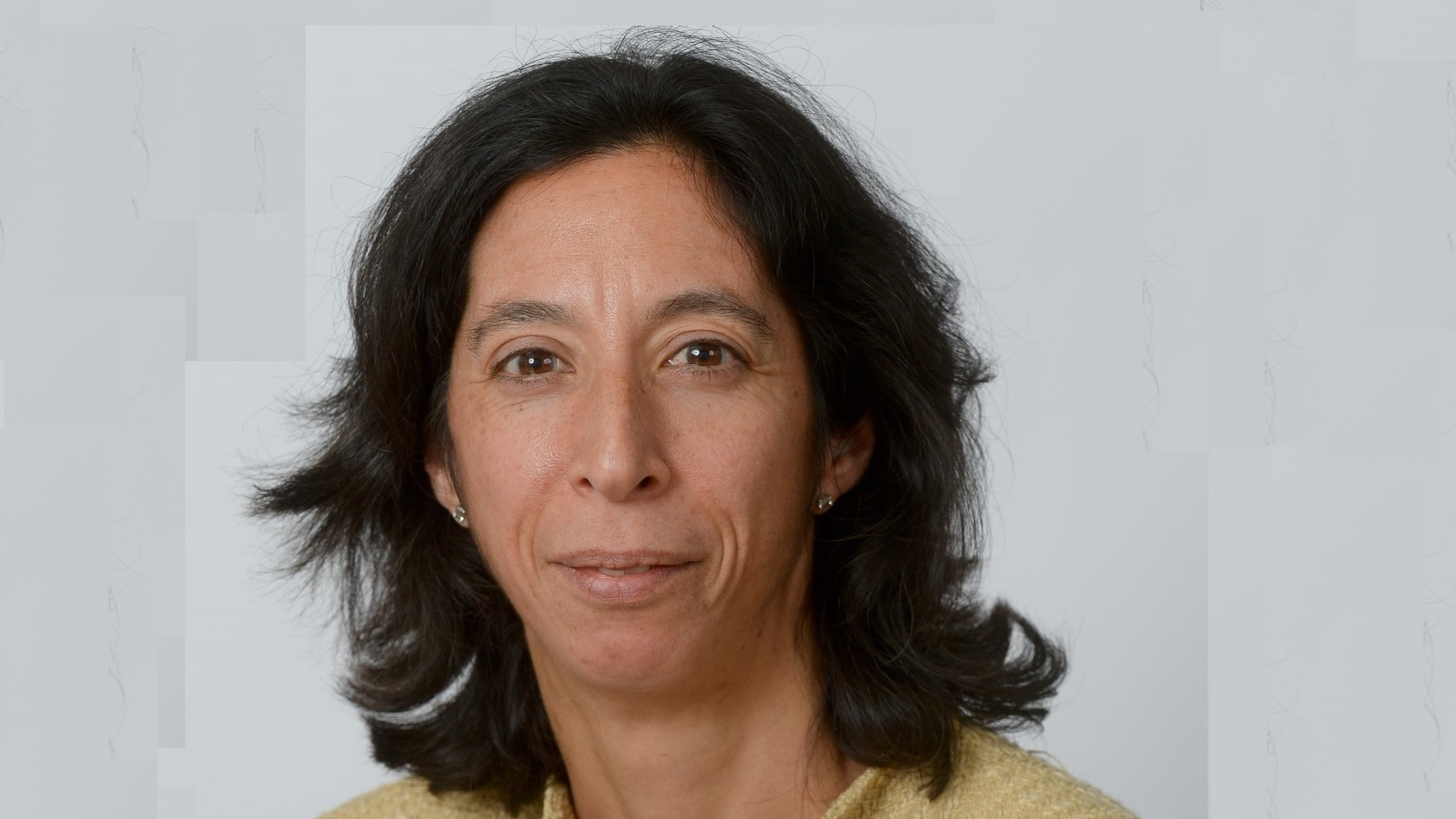
Nest CIO Elizabeth Fernando: ‘we don’t want to concentrate our money into fewer assets’
Elizabeth Fernando was recently promoted to chief investment officer of UK pension fund Nest. Time for Net Zero Investor to check in with the industry veteran
As June is coming to a close, Elizabeth Fernando of UK pension fund National Employment Savings Trust (Nest) has two reasons to look back on a successful month.
Firstly, Nest passed the milestone of £30bn AUM earlier this month, with nearly half of the scheme's private assets now based in the UK.
Secondly, on a personal level, Fernando was promoted to Nest's chief investment officer, having been its deputy CIO since 2021, after joining the pension only a year earlier. Time for Net Zero Investor to catch up with the former Universities Superannuation Scheme executive.
Within the net zero investment community there is a lot of focus on asset owners as they, ultimately, have the ability to drive and steer the agenda. How do you see the role of pension funds in that respect?
Nest has set net zero ambitions with short-term targets in place but, ultimately, we need the companies in our portfolio to step up. We don’t want to be in the position of divesting from swathes of companies and concentrating our members’ money into fewer assets, which could cause a green bubble where investors compete for fewer and fewer ‘green’ companies.
We don’t want to be in the position of divesting from swathes of companies and concentrating our members’ money into fewer assets.
While it is possible to reduce the financed emissions from our portfolios, simply by selling the most carbon-intensive assets, this does not necessarily lead to a reduction in real-world emissions as other investors may simply purchase the assets and be passive stewards. Instead, we want to stay invested and work with other investors to encourage companies to commit to net zero.
So how do you go about that? What do you look out for?
We manage climate risk in our portfolio because we believe it is one of the biggest factors facing companies and societies over the coming years. The transition to low-carbon economies is already underway and the later companies leave it, the more disorderly and expensive their adaption will likely be. We therefore want our investee companies to have transition plans already in place and where they don’t, we will challenge them.
And with that fresh investment opportunities arise.
Yes, the move towards low carbon will also present exciting investment opportunities to invest in companies who are best prepared and supporting the transition. Renewable energy is an exciting growth market we want to invest in and have set up a specific mandate for unlisted infrastructure equity, as we believe these assets will only become more and more desirable.
Any industries or sectors currently on your black list?
There are some industries which we believe are incompatible with our net zero ambitions. Across the entire portfolio we have implemented an exclusion of companies that derive more than 20% of their revenues from, or are developing new projects in, thermal coal, oil sands and arctic exploration of oil and gas. Removing risks like this protects our members’ long-term investments.
So how does that work in practice, how do you build in checks and balances?
The key ask we regularly make to companies is for disclosure. The new reporting environment means getting information on carbon emissions is far easier than say 10 years ago, so where companies are not disclosing all the information we want, including Scope 3 emissions, this is a clear red flag.
There are some industries which we believe are incompatible with our net zero ambitions.
The best defence against greenwashing, from the companies we’re invested in, is active stewardship. Challenging them on how they’re managing climate risk and requesting to see transition plans. It gives us more information to decide whether the company is taking the issue seriously, or whether it’s something we need to engage with them over. The devil is in the detail, if you take the time to ask questions and push companies over what they’re doing.
Speaking of stewardship and engagement, to what extend do you engage with the companies you invest in? How do you apply pressure?
Responsible investment and stewardship are built into the core of our investment strategy. It’s not a ‘nice to have’ or additional activity, but an important tool at our disposal. As long-term investors, we want to challenge the companies we invest in when we see business decisions that are too short-termism.
There are a range of ways we can do this, from exerting our voting rights as shareholders, to direct communication with executive teams. Nest can also increase our influence by joining representative groups, such as the IIGCC or the Workforce Disclosure Initiative, working with others to maximise the impact of our engagements and interventions.
So while engaging with your investee companies, how does Nest find the right balance?
Engaging with our investee companies, particularly as a shareholder, is one of the most powerful tools we have to manage risks in our portfolio. Our members could be invested in these companies their entire savings life, potentially spanning decades. We want to see sustainable business decisions, in which the companies are managing key risks facing their industry.
Also read
Enviva’s CEO defends an industry under fire: ‘don’t confuse science with opinions’
I prioritise the issues we focus on so we can coordinate our efforts and ensure we’re having the biggest positive impact. These issues include climate change, human capital and digital rights. We don’t want to get involved in every decision, and we use our equity fund managers UBS and Northern Trust to manage the lion share of engagement and voting activity, along the lines outlined in our voting policy.
Can you give us an example of this? Particularly since we just finished proxy season.
A good example is our recent challenge of BP at their AGM. In February, we were particularly concerned to see they rowed back on their medium-term climate targets, and so coordinated with a group of other shareholders in BP to write to the Chair outlining our concerns. We’re used to companies strengthening, not weakening, their climate targets, and to do so less than a year after setting them was concerning.
We don’t want to get involved in every decision, and we use our equity fund managers UBS and Northern Trust to manage the lion share of engagement and voting activity.
We did not receive the response we wanted so pre-declared our intention to vote against the re-election of the BP Chair, to put on record our disapproval that climate targets were watered down without shareholders being given a chance to vote, despite the targets being put to a shareholder vote the year before. And other shareholders clearly felt the same – nearly one in ten shareholders voted against the re-election of Helge Lund as BP’s Chair.
So how do you shape your stewardship policy?
Our stewardship policy continues to evolve as Nest grows in size, both in our AUM but also as we add new asset classes to the portfolio, like private equity. This provides new ways in which we can interact with companies in our portfolio, outside the traditional role of being a shareholder.
We’ve also become approved signatories to the new Financial Reporting Council (FRC) UK Stewardship Code. The new Stewardship Code sets a high bar, and we hope our role in the Occupational Pension Scheme Council (OPSC), of which we’re a founding member, will help promote and facilitate high standards of stewardship across UK pensions funds which will benefit the millions of members saving for their retirement with Nest.
Also read
Ultimate control: The state as a powerful asset owner


